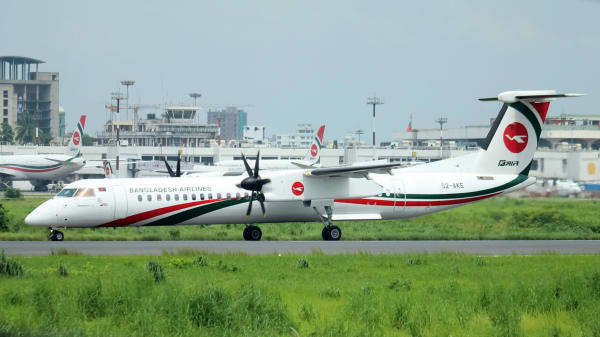Career Planning: From Student Pilot to Airline Captain
Ready to lift-off your career into the skies? Aspiring to be the U.S. Tom Cruise in Top Gun or just wanting to soar in the open skies? If you're looking at a career as a pilot, then the following essential guide on pilot career planning is for you.
Step 1: Start with Basic Preparation
Before you start strapping into the cockpit, you need to prep yourself for the rigorous training and challenges that await. Here's a checklist to kick-start your journey in pilot career planning:
- Age Requirement: According to the Federal Aviation Administration (FAA), you need to be at least 16 years old to fly solo and 17 for a Private Pilot's license. Numerous airlines, both in the U.S. and globally, require Pilots to be at least 21 years old.
- Medical Certificate: Increased health standards are necessary for pilots, and this includes perfect or correctable vision. A Class 1 medical certificate is necessary for airline pilots, and it involves an eye examination, cardiovascular evaluation, and other health-related tests.
- Educational Background: A high school diploma is the minimum requirement, but a bachelor's degree is highly preferred by many airline companies. Majors in aerospace engineering, physics, or similar fields dealing with aviation can boost your chances.
Step 2: Earn your Pilot's Licenses
The journey from student pilot to airline captain involves earning various licenses and certificates. It's a steady ladder you need to climb to reach the commanding heights. Here's an overview:
- Student Pilot Certificate: This is your first step to getting behind the control yoke. With this, you can learn basic flight maneuvers under the faith of a certified instructor.
- Private Pilot License (PPL): With PPL, the skies open up for you to fly in good weather conditions. You can carry passengers but can't charge for your services. It requires a minimum of 40 flying hours (U.S. metric), half of which must be with an instructor and the remaining solo.
- Instrument Rating (IR): Flying under poor weather conditions necessitates an Instrument Rating. It requires additional flight hours and an FAA examination on flight plans and aircraft operations.
- Commercial Pilot License (CPL): Want to earn while you fly? You’re going to need a CPL. This allows you to be compensated for your aviation services. It requires the completion of 150-250 flight hours.
- Airline Transport Pilot License (ATPL): The pinnacle of your pilot career planning is achieving the ATPL. This allows you to become the Pilot-in-command or Captain of a commercial aircraft. Requirements vary, but it often requires 1,500 flight hours and passing written and flight tests.
Step 3: Gain Experience and Build your Flight Hours
Before you can query "Airline Captain Salary", you need to build your flight hours. This is how you polish your skills and gain the necessary experience. You can:
- Become a flight instructor to train others
- Fly for a regional airline to gather airline experience
- Work for corporate flight departments or air taxi services
Step 4: Aim for the Airline's Right Seat
No, we are not talking about the passenger's right seat. The right seat in an airplane cockpit belongs to the First Officer. This is your first real step towards the goal of becoming an airline captain. As a First Officer, you typically:
- Assist the Captain in flight-related duties
- Communicate with cabin crew and air traffic control
- Manage navigation and aircraft systems
Step 5: Claim the Captain's Left Seat
From the right seat to the coveted left seat of Captain in the cockpit, the journey is demanding but rewarding. A Captain's responsibilities are vast and include:
- Overall safety and operation of the aircraft
- Wing-to-wing management of crew members and onboard passengers
- Making critical decisions mid-air
In terms of the requirements to become an airline Captain, you will most likely already be flying for the airline. Promotion to Captain is based on seniority, the number of flight hours you have logged, and the completion of specified training and examinations by the airline.
Pilot career planning is a challenging path characterized by rigorous training, continuous learning, and a demanding work schedule. However, those who embark on this journey agree: the chance to navigate the limitless skies makes it all worth it. As an aspiring pilot or someone curious about the aviation industry, we hope this guide helps clarify the path from student pilot to Airline Captain. Whether you are conducting a simple Google search or diving into comprehensive research, remember: the sky is the limit.




